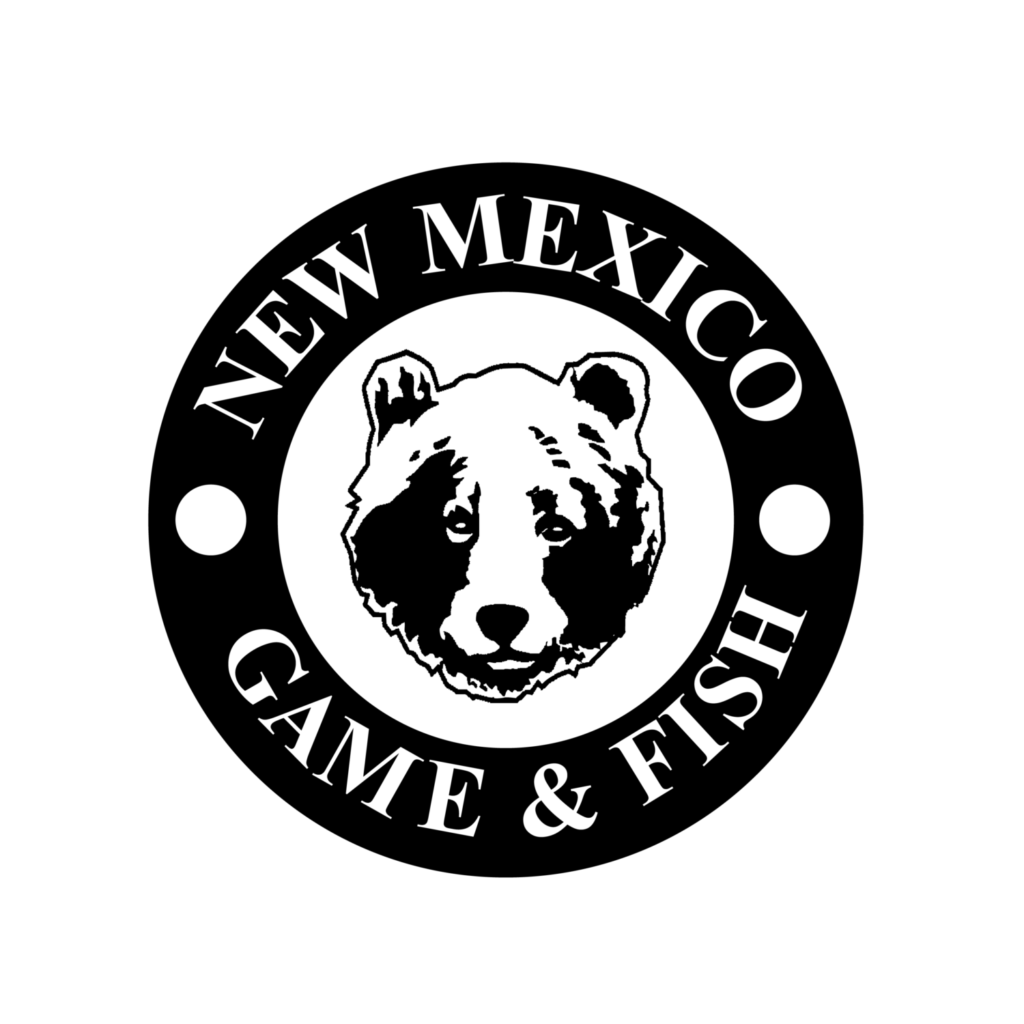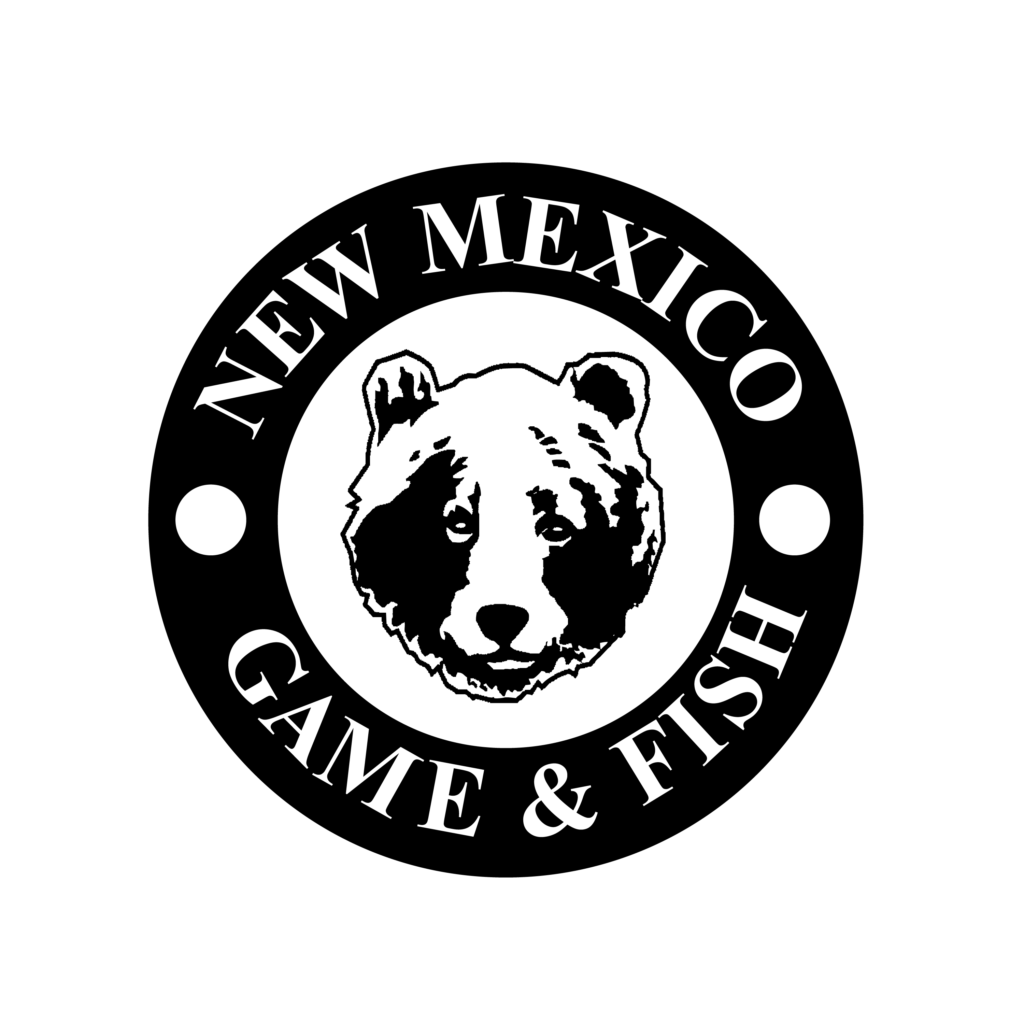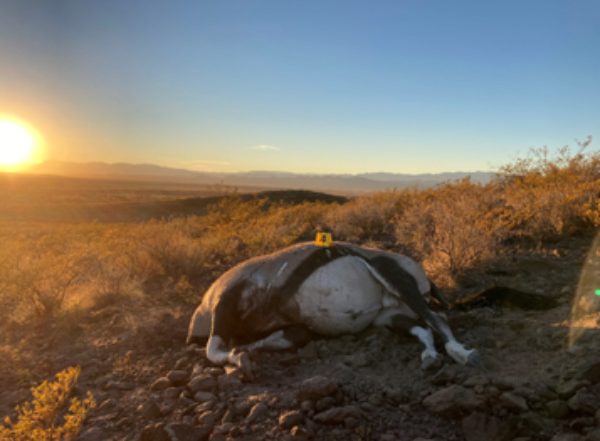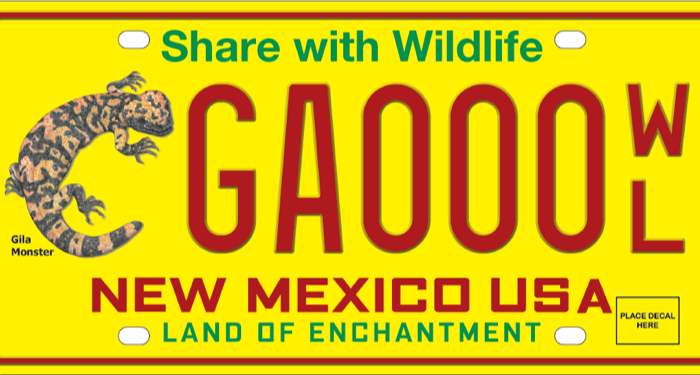A Serious Case of Oryx Poaching
In January 2022, Socorro District Cpl. Jake Baulch received an anonymous tip. A hunter had information about fraudulent hunting activity involving the owner of Wing River Outfitters, Jared Piepkorn. The hunter knew people who [...]
Ashlynn McGinnis: A Rising Star in Archery
The world of competitive archery has witnessed the rise of new, young talent from New Mexico. Ashlynn McGinnis, a student from Deming High School, made a significant mark in the 2024 National Archery in [...]
Gila monster license plates available for purchase
SANTA FE — Each year, the New Mexico Department of Game and Fish’s Share with Wildlife program supports efforts to address the many conservation-related needs of our Species of Greatest Conservation Need. The program funds [...]
Las placas de matrícula del monstruo de Gila disponible para su compra
Cada año, el programa Share with Wildlife del Departamento de Caza y Pesca de Nuevo México apoya los esfuerzos para abordar las numerosas necesidades relacionadas con la conservación de nuestras Especies de Mayor Necesidad [...]
Las nutrias de río prosperan en la parte alta del Río Grande
La nutria de río norteamericana (Lontra canadensis), miembro de la familia de las comadrejas (Mustelidae), es un mamífero semiacuático endémico del continente norteamericano. Originaria del río Gila de Nuevo México, del río Grande y [...]
La bióloga experimenta de primera mano las amenazas a los cuclillos
Erin Duvuvuei ha gestionado mucho durante su carrera en conservación. Es nuestra bióloga de aves no cinegéticas y recientemente participó en un estudio exhaustivo de los cuclillos de pico amarillo en 11 estados del [...]





